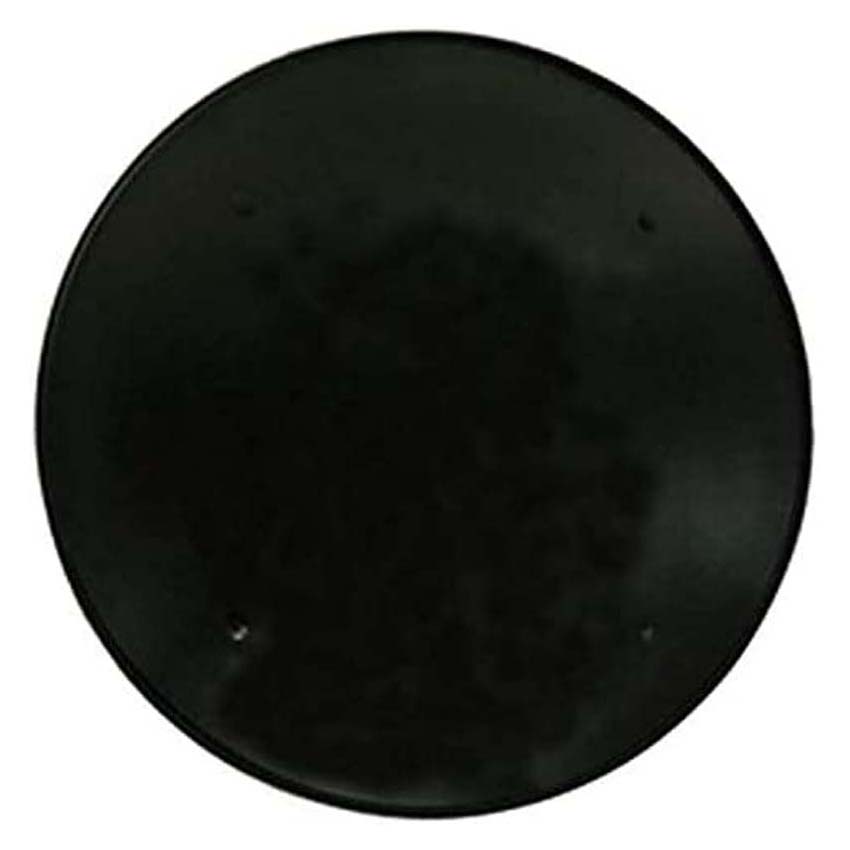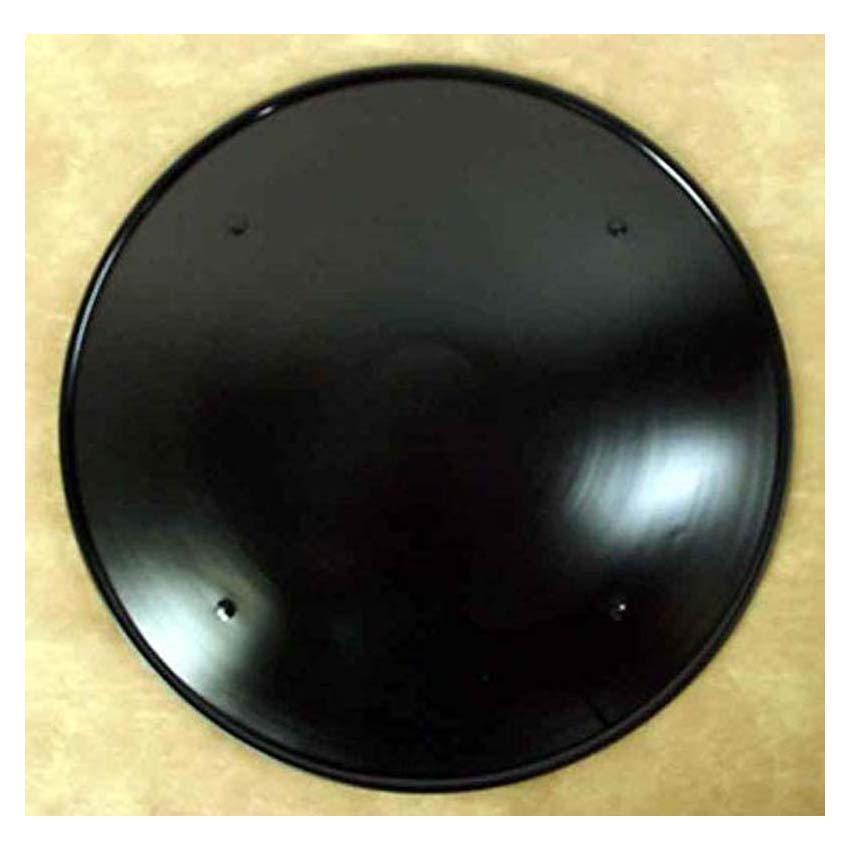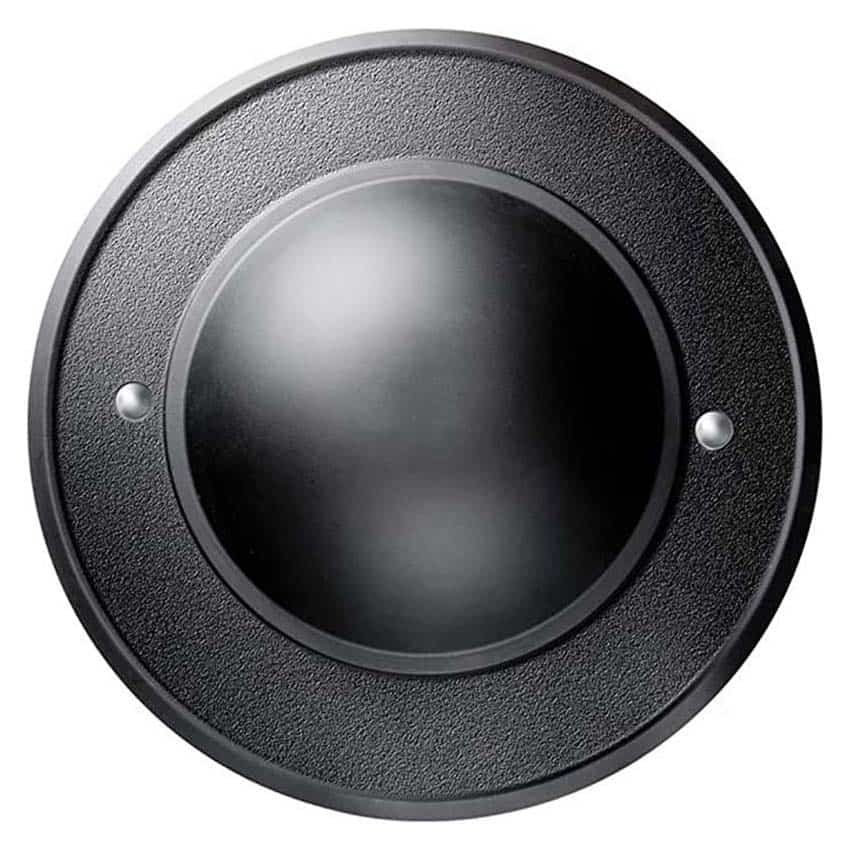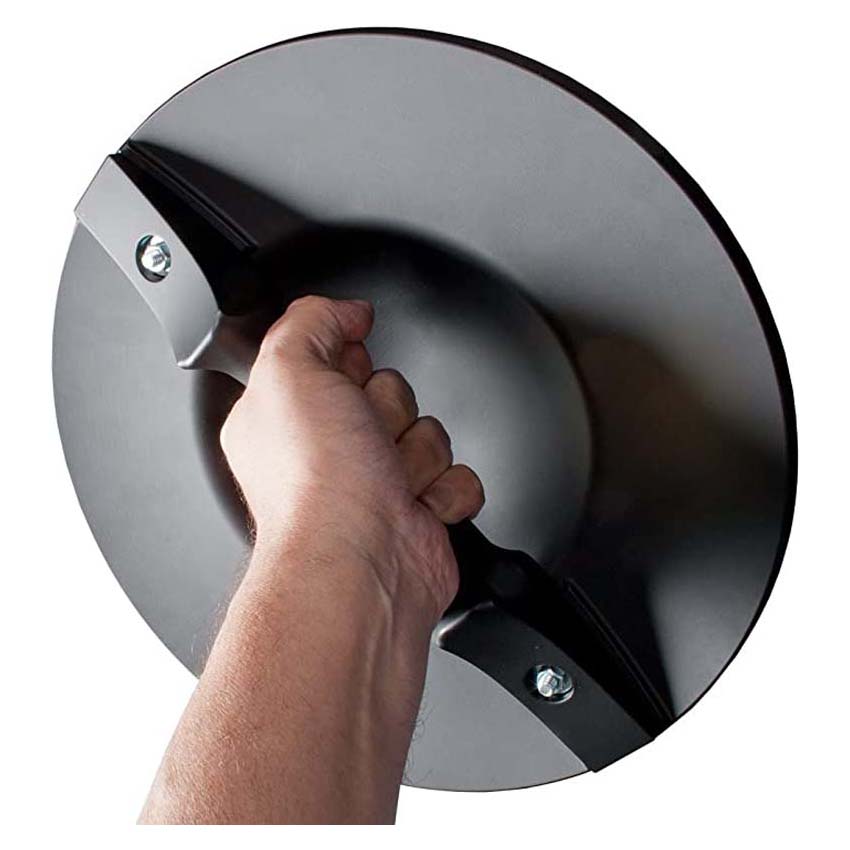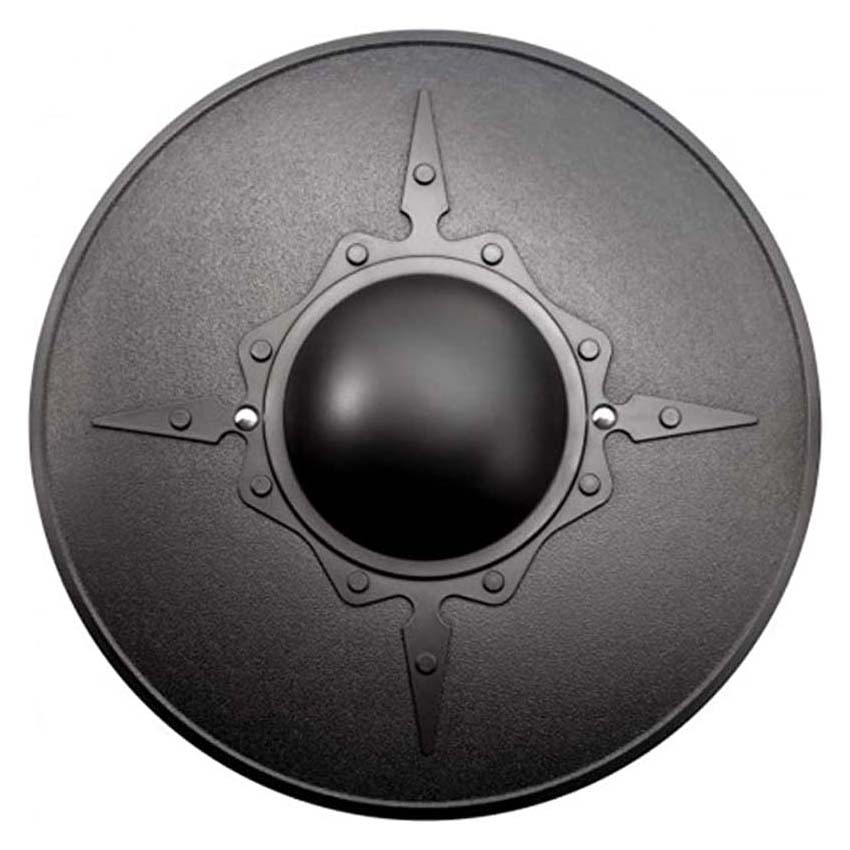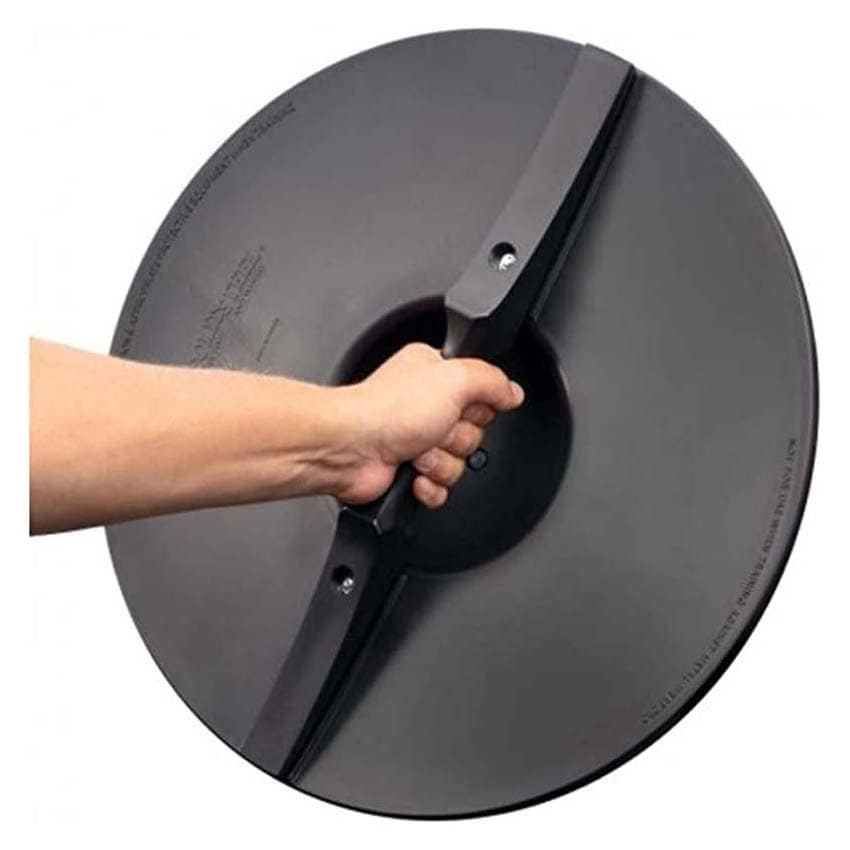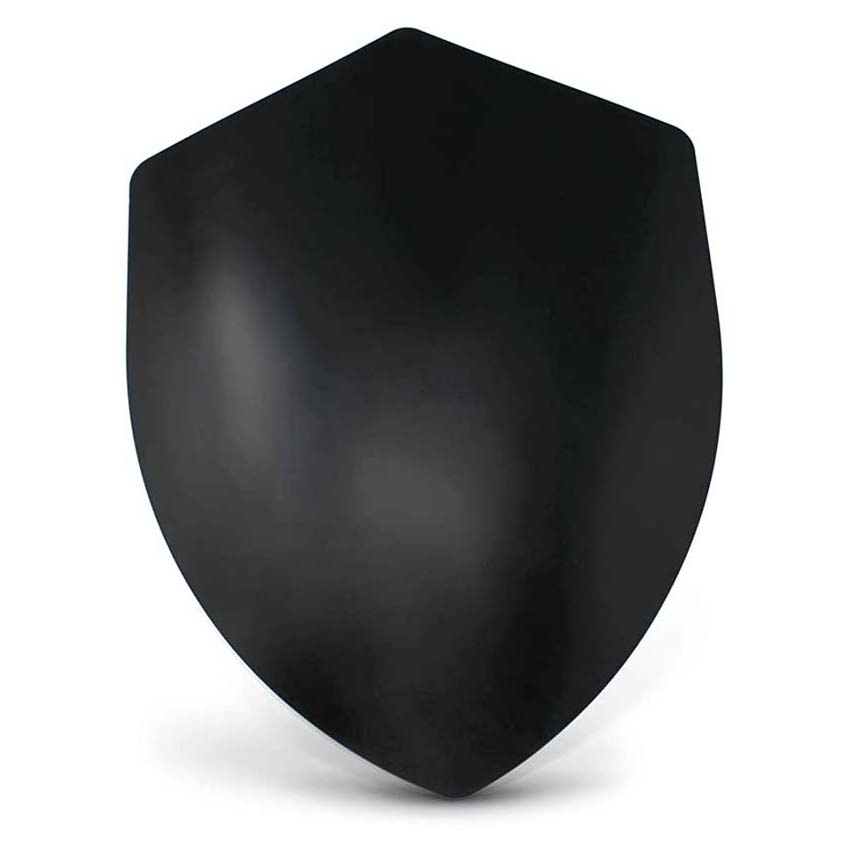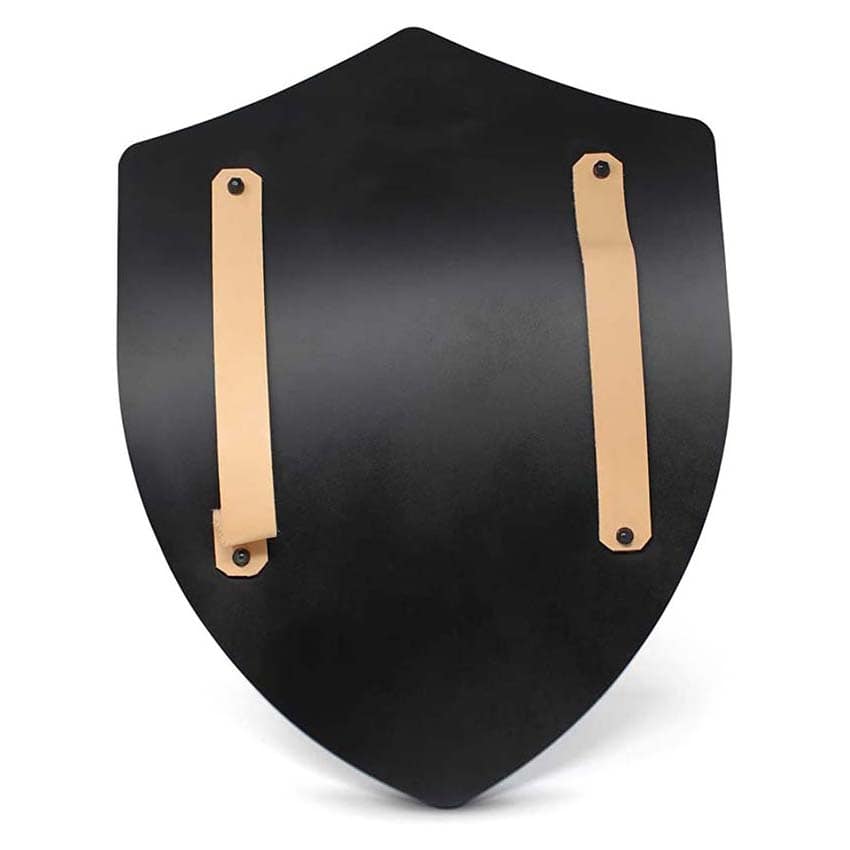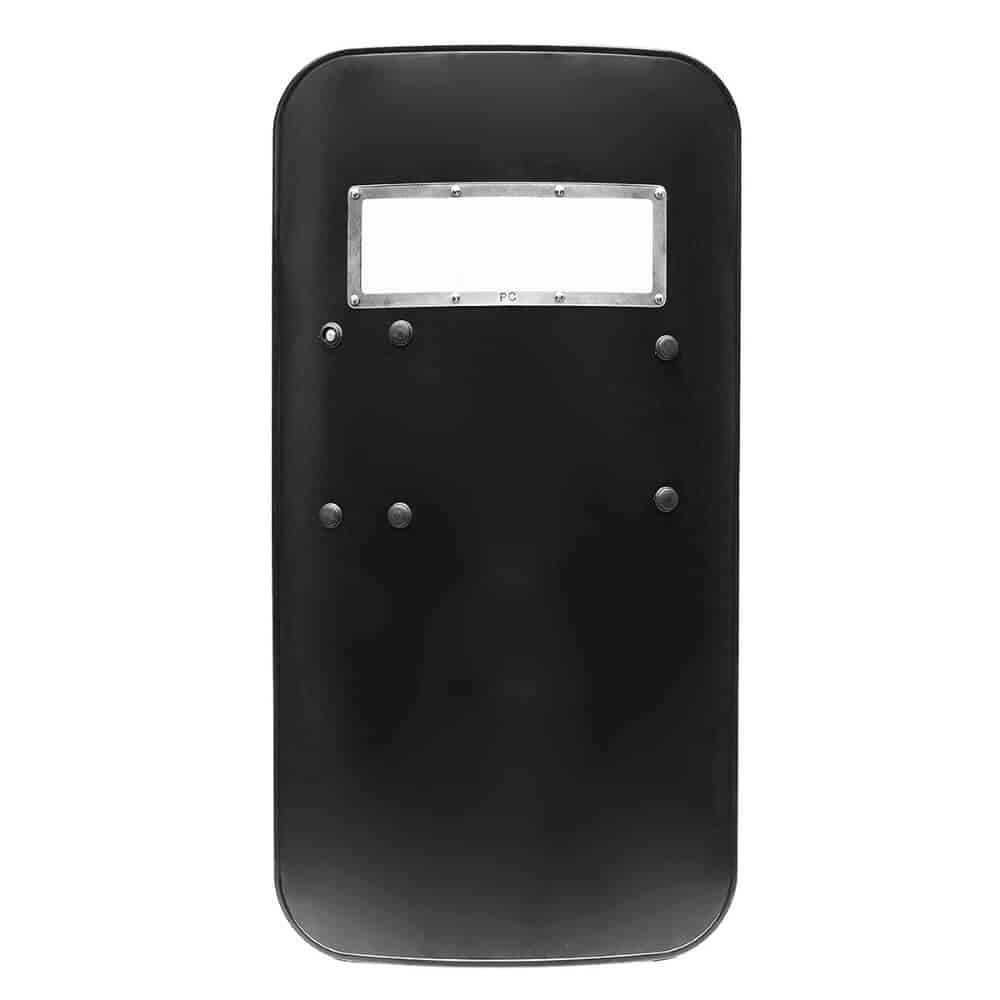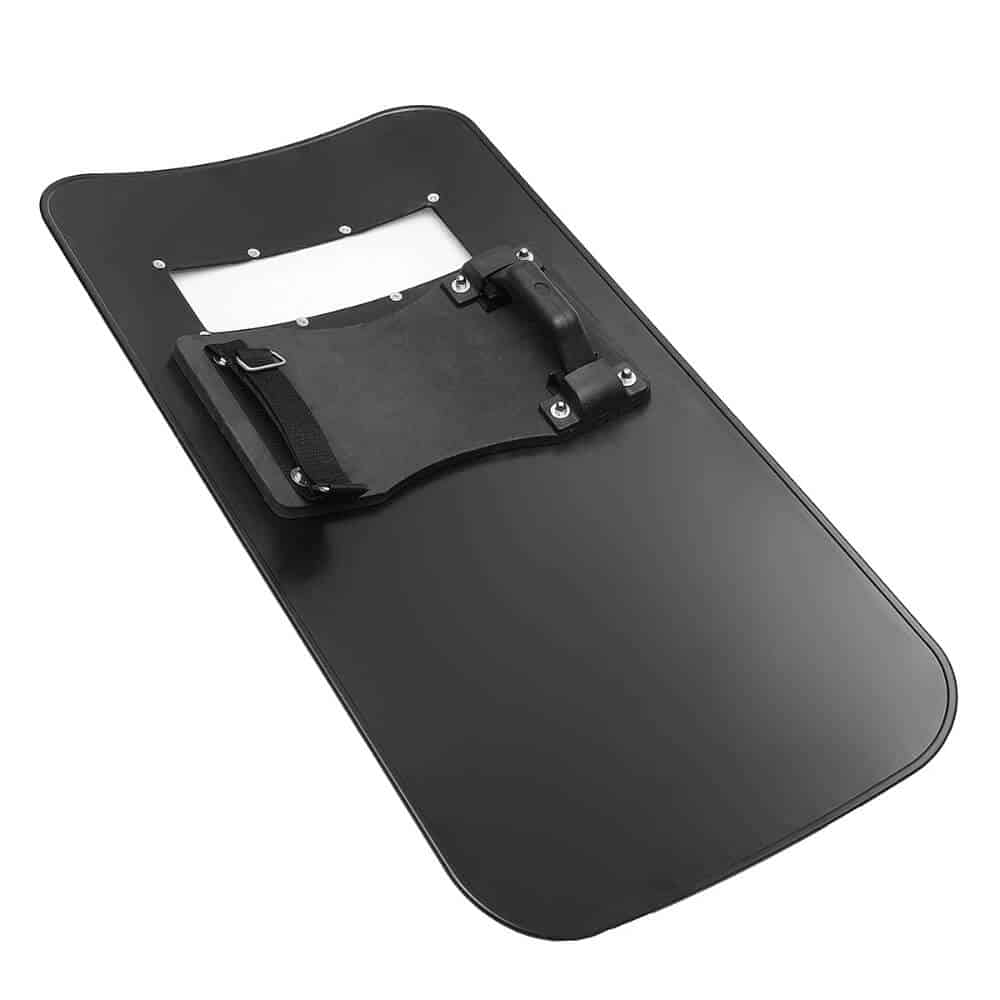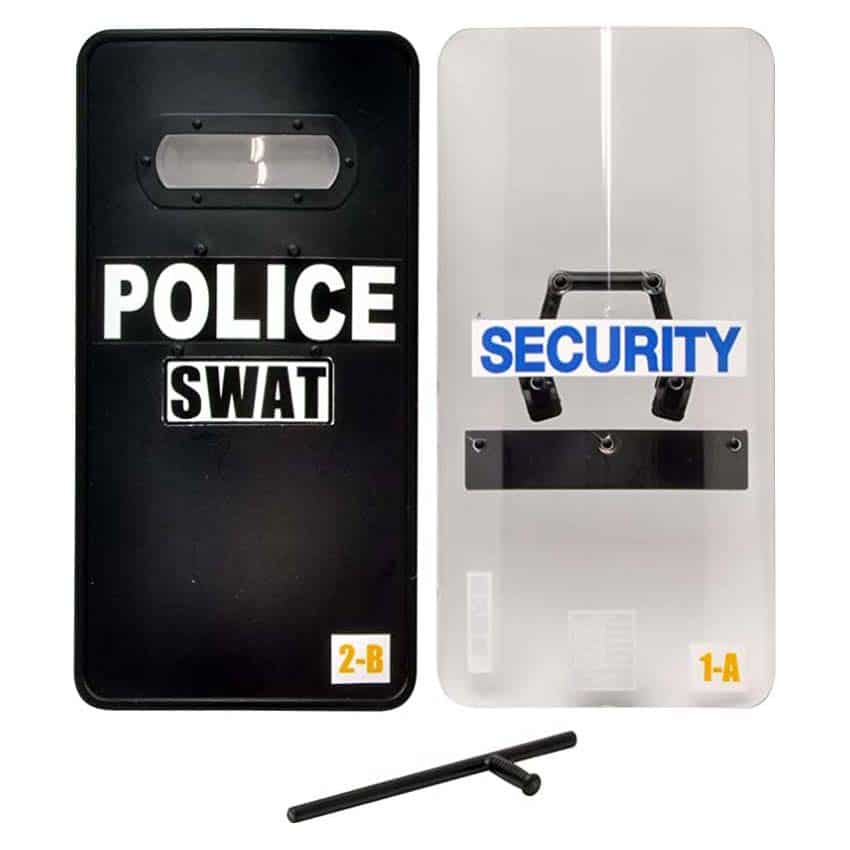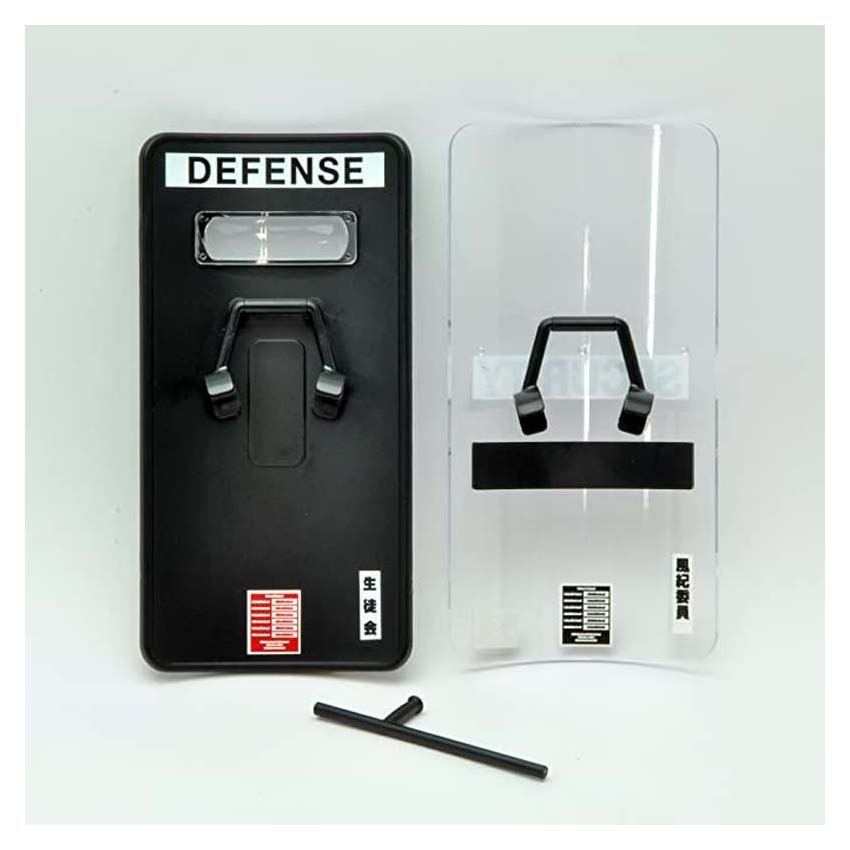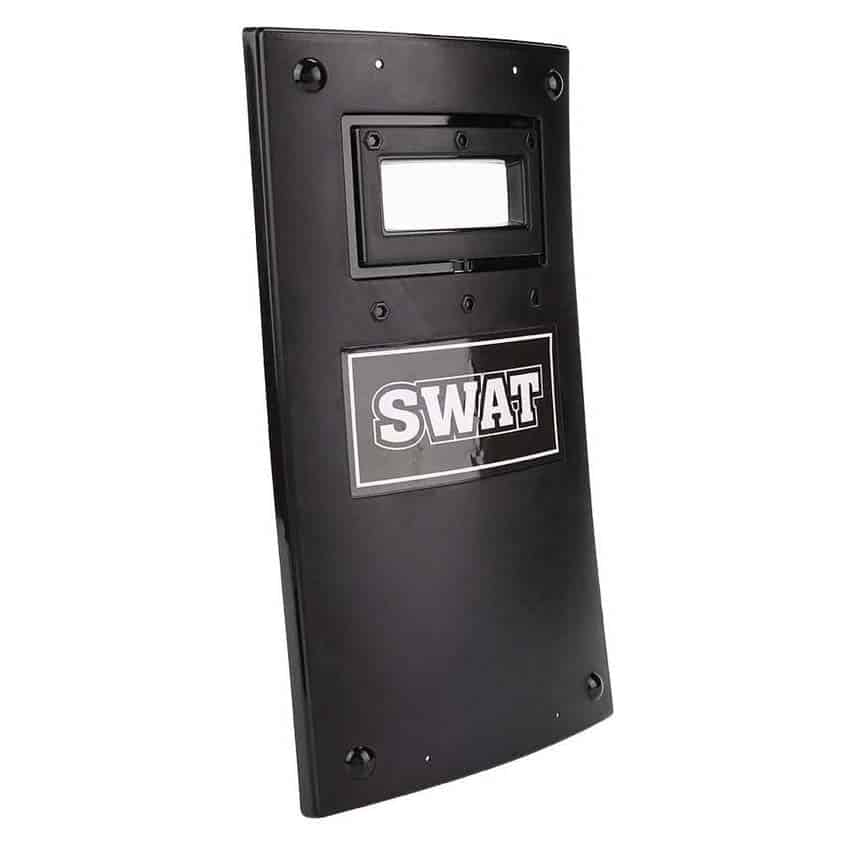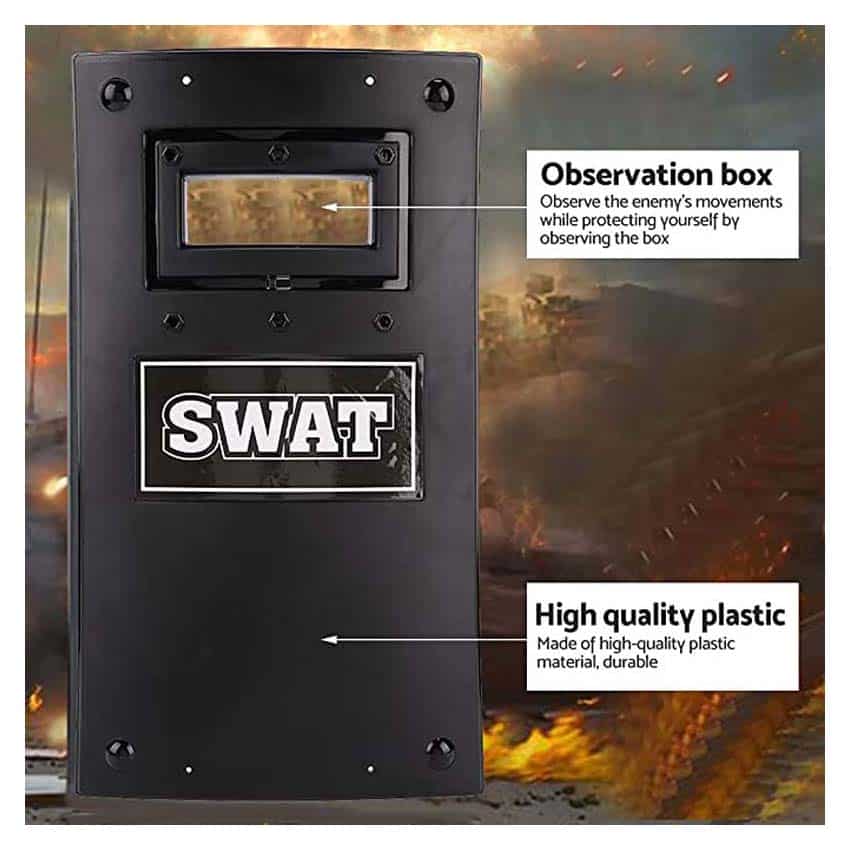- FREE US SHIPPING ON ORDERS $79+
Showing all 7 results
-
Blank Round Shield
$149.00 -
-
-
Four Point Medieval Shield Blank
$166.14 -
Tactical Self-Protection Shield
$187.99 -
Tomytec Little Armory Shield
$34.89 -
VGEBY Protection Shield
$13.95
Best Ballistic Shield
Body armor is any garment designed to protect the wearer’s body from harm. But tactical shields are just as important as your body armor and provide you with maximum protection.
A ballistic shield is a strategically deployed protective device designed to stop or deflect bullets and other projectiles fired at a delivery vehicle. Tactical shields can also provide protection against less serious threats such as projectiles, although they are often used in situations where a shield structure does not provide sufficient protection. Riot shields are typically used in riot control or crowd control situations, as their large size and durability make them effective at deflecting or absorbing the force of many projectiles. In some cases, riot shields can also be used to push back protesters or attackers. Ballistic shields are similar in construction to ballistic panels and are usually made from a fiber-reinforced plastic composite of UHMW polyethylene or aramid. They vary in size, with some designs protecting only the upper body, while others protect the whole body. Unlike bullet-proof vests, projectiles successfully intercepted by ballistic shields do not transmit trauma or pain to the bearer, as they are designed not to come into direct contact with the body. Ballistic Shields provide extensive body protection in the battlefield/CS arena/outdoor plaza. Used by police, correctional services, the army, and other departments as well as soft and paintball ranges, these tactical ballistic shields have been proven to withstand a wide range of threats.
Ballistic shields come in different shapes and sizes, including the popular riot shield, which is used by law enforcement and corrections officers to protect themselves from projectiles and physical attacks. Ballistic shields are also available in a variety of materials, including steel, aluminum, and fiberglass. The type of material used depends on the intended use of the ballistic shield. For example, steel is often used for military applications where weight is not as important, while aluminum and fiberglass are more commonly used for law enforcement and corrections as they are lighter in weight. Ballistic shields can also be coated with different materials to provide additional protection, such as Kevlar or polyurethane.
Ballistic shields are usually classified according to their level of protection. class I shields offer the least protection and are usually made of lightweight materials such as aluminum or fiberglass. Level II shields offer more protection and are usually made from steel or composite materials. Level III shields offer the most protection and are usually made from steel or composite materials with a ballistic protection rating of NIJ III or higher.
Ballistic shields are essential equipment for law enforcement and army personnel who may find themselves in the line of fire. They provide protection from a variety of threats including bullets, stab wounds, and blunt force trauma. In addition, ballistic shields can provide protection from less serious threats such as projectiles and physical attacks.
